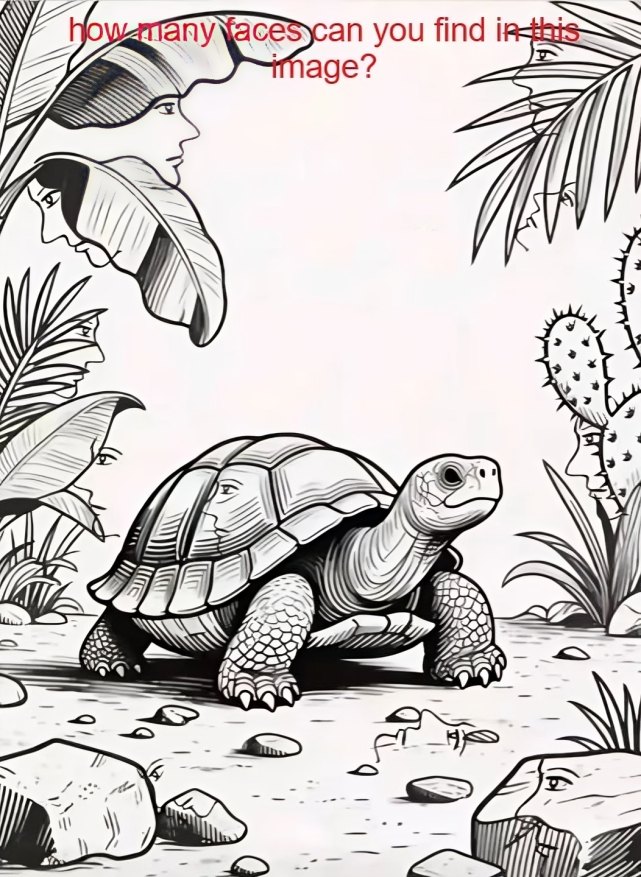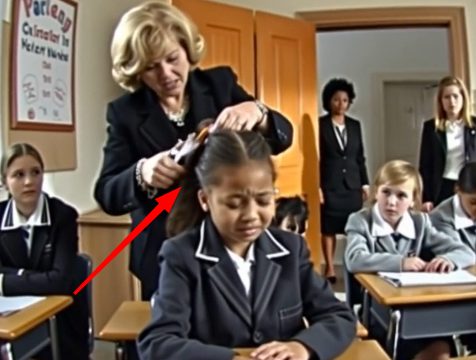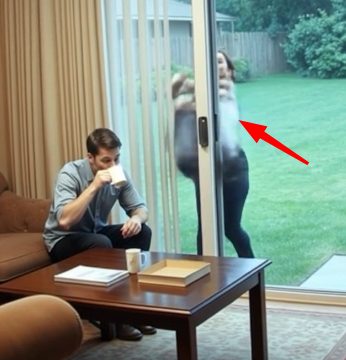Have you ever stared at a picture and felt like something didn’t quite add up? That nagging feeling is your brain trying to make sense of what it’s seeing—especially when it comes to optical illusions. These visual puzzles are designed to throw our minds for a loop, playing on how we process contrast, patterns, and familiar shapes. One particularly fascinating illusion that’s gone viral recently involves a seemingly ordinary tree—but hidden within its branches are more than just leaves. The real surprise? Human faces, cleverly camouflaged and waiting to be discovered. At first glance, the image looks like a twisted, leaf-covered tree, maybe even a bit artistic. But look closer—really close—and you’ll start to see outlines, shadows, and textures that form eyes, noses, and mouths. It’s not just a test of eyesight, it’s a challenge for your brain’s pattern recognition abilities. This mind-bending picture has taken over social media, with people debating how many faces they can find. Some say five, others swear they spotted over a dozen. But the official answer is 11 faces hidden in the design—some obvious, some expertly blended into the bark and foliage. The internet has embraced the puzzle not just for fun, but for the way it messes with our sense of reality.

So how do you improve your odds of spotting them all? First, try to relax your eyes. Don’t stare too hard. Let your vision soften a bit and scan the tree slowly from top to bottom. Keep an eye out for familiar facial features—especially pairs of eyes and the general oval shape of a face. Adjusting your screen’s brightness or even tilting your phone or computer can help certain shapes stand out. Some people even find it easier to spot the hidden faces when they blur their vision just a bit. Strange as that sounds, it tricks the brain into stopping its search for sharp detail and instead picking up on broader patterns. That’s when the magic happens. What makes these illusions so addictive isn’t just the visual trickery—it’s the psychological reward. Every time you spot a hidden face, your brain releases a little hit of dopamine, the feel-good chemical tied to learning and achievement. It’s the same satisfaction we get from solving puzzles, finishing a tricky level in a video game, or finally remembering where we’ve seen an actor before.
Behind this phenomenon lies a psychological concept called pareidolia—the brain’s tendency to see meaningful patterns, especially faces, where none actually exist. Have you ever seen a smiley face in a car’s front grill, or thought a house’s windows looked like eyes? That’s pareidolia in action. It’s an evolutionary trait that helped early humans quickly identify friend or foe in their environment. In this illusion, pareidolia is working on overdrive. Once you see one face, your brain gets locked into search mode, scanning every crevice of the tree for more. Suddenly, this isn’t just a tree—it’s a visual treasure hunt. Some of the 11 faces are easy to pick out, with clear features and bold outlines. Others are nearly impossible to detect unless the lighting hits just right or your brain happens to interpret the shadow in a certain way. That’s what gives this illusion staying power—it isn’t a one-and-done experience. Even if you stare for several minutes, there’s always the thrill of spotting one more.
Want to make it even more fun? Share the image with friends and turn it into a challenge. See who can find the most faces in 30 seconds. You’ll notice something fascinating: different people spot different things. Some immediately see all the faces in the upper branches, while others focus on the trunk or the roots. It’s a reminder that perception is highly individual—and often unpredictable. Beyond just a fun game, illusions like this one offer a deeper insight into how our brains work. They show that what we “see” is often a constructed experience, not just a direct reflection of reality. Our brains are constantly filling in gaps, making assumptions, and adjusting based on context. In a way, illusions reveal the creativity of our own minds. This simple tree sketch becomes a mirror into how we interpret the world. And the takeaway? Sometimes the most fascinating things are hiding in plain sight, just waiting for a closer look.
Whether you spotted 3 faces, all 11, or somewhere in between, this illusion has already done its job. It challenged your focus, your patience, and your visual instincts. But more importantly, it reminded you that slowing down and really looking can lead to incredible discoveries. Just like in life, the most surprising details often appear when you least expect them. So next time something feels “off,” lean in. You might just uncover something extraordinary hiding in the ordinary.





